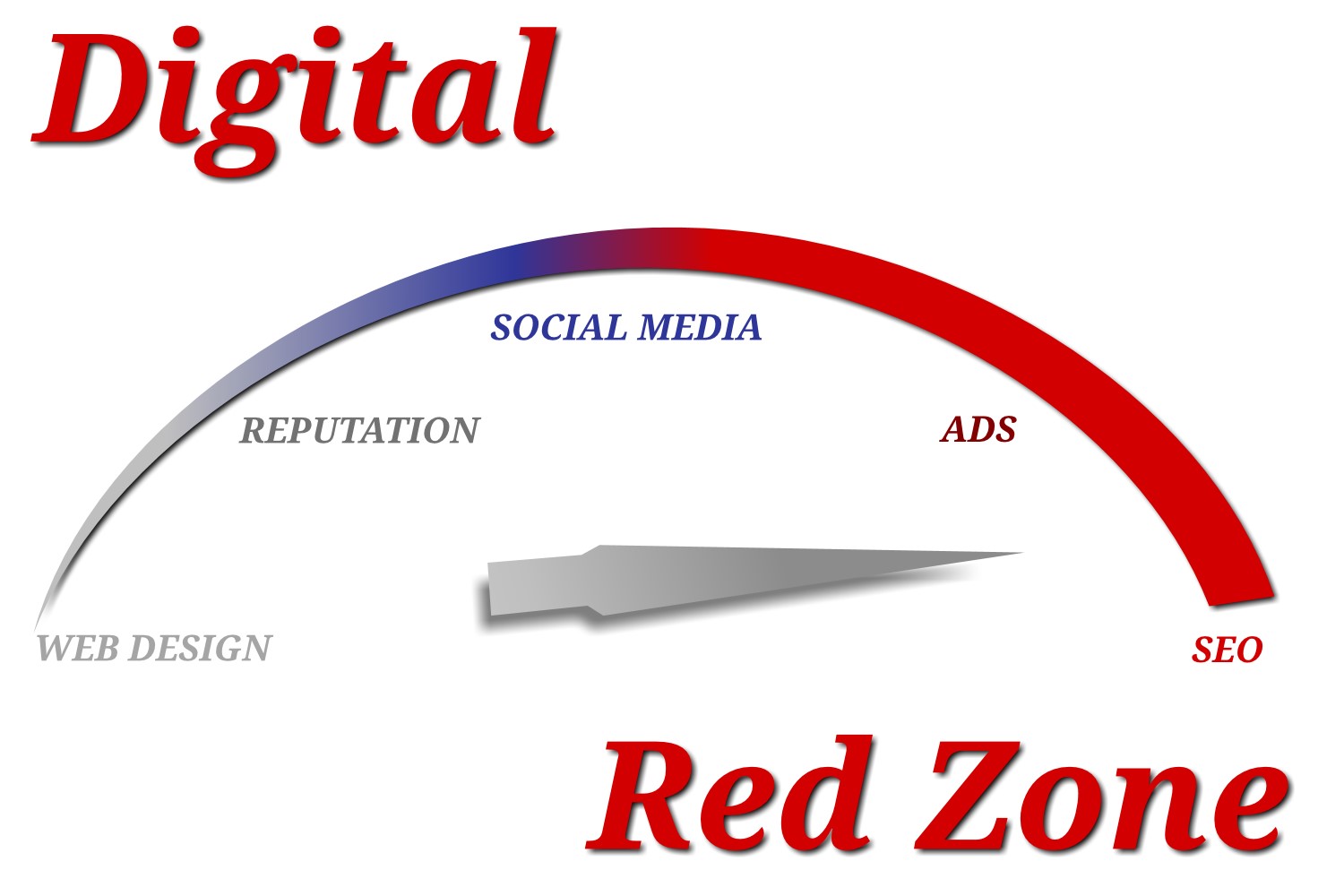Small Business Display Ads
Small businesses can use display ads for the following strategies:
Co-branding –Your message and logo showing up on an authoritative website Ex. usatoday.com creates a co-branding opportunity to potential customers. They trust the info on the site they are on and the more they see your logo and message on that site the more they will be branded to your company as well.
Branding –Due to the targeting and affordability your logo and message can be shown to tens of thousands of viewers repeatedly. Unlike traditional branding in print your ad can create call to action which allows the viewer to click over to your website and into your sales funnel.
Generate website traffic –Creating an ad in the display network which has a call to action such as a coupon or sale allows your business to capture highly converting traffic to your website.

The big advantage of display ads is their ability to reach your potential customers everywhere with a high frequency. As your customers use digital devices, they will see your message and brand over and over again.
Small businesses can use display ads for the following promotions:
- Promote events
- Create brand awareness
- Re-target website traffic
- Sell products
- Capture leads
Our Goal When Managing Your Display Ad Campaign:
- Maximize impressions
- Maximize hyper targeted clicks
- Optimize for the lowest cost per conversion
Small Business Display Ad Strategies
When it comes to leveraging the Display Network for small businesses, two top strategies that can yield meaningful results are:
- Retargeting/Remarketing Campaigns:
-
- Overview: Retargeting, also known as remarketing, involves showing ads to users who have previously visited your website but have yet to take a desired action, such as purchasing, signing up for a newsletter, or filling out a contact form.
- Benefits for Small Businesses:
-
- Increased Conversions: Often, first-time visitors to a site do not convert. Retargeting keeps your brand top-of-mind, reminding users of their previous interests and encouraging them to return and complete their actions.
- Cost-Efficiency: You're targeting users already familiar with your brand or product, making them more likely to engage, which can lead to a higher ROI.
- Brand Consistency: Regularly appearing in a user's browsing experience helps build brand recognition.
-
- How to Implement:
-
- Use a platform like Google Ads to set up a remarketing campaign.
- Insert the provided retargeting pixel or tag on your website.
- Create specific audience lists (e.g., users who visited a particular product page but didn't purchase).
- Design compelling ads that remind visitors of what they left behind, offering incentives to return.
-
- Contextual Targeting:
-
- Overview: Contextual targeting involves placing your display ads on websites or pages with content relevant to your selected keywords or topics. This ensures that your ads align with the content the user is currently consuming.
- Benefits for Small Businesses:
-
- Relevance: Ads appear in environments where they're contextually relevant, increasing the chance of engagement.
- Higher Engagement: Users are more likely to engage with an ad that relates to the content they're already consuming.
- Focused Spending: Your ad budget is used more efficiently by targeting only those placements that match your predefined criteria.
-
- How to Implement:
-
- In the ad platform (e.g., Google Ads), when setting up a Display Network campaign, choose the option for contextual targeting.
- Define specific keywords, topics, or themes that align with your product or service.
- The platform will then analyze the content of each web page to determine its central theme and match your ads to pages with content that aligns with your selected topics or keywords.
-
Expert Tip:
Both of these strategies aim to place your ads in front of users who are more likely to engage with them due to prior interaction with your brand or the relevance of the surrounding content. However, it's essential to regularly review campaign performance, adjust targeting parameters, and refresh ad creatives for optimal results.
